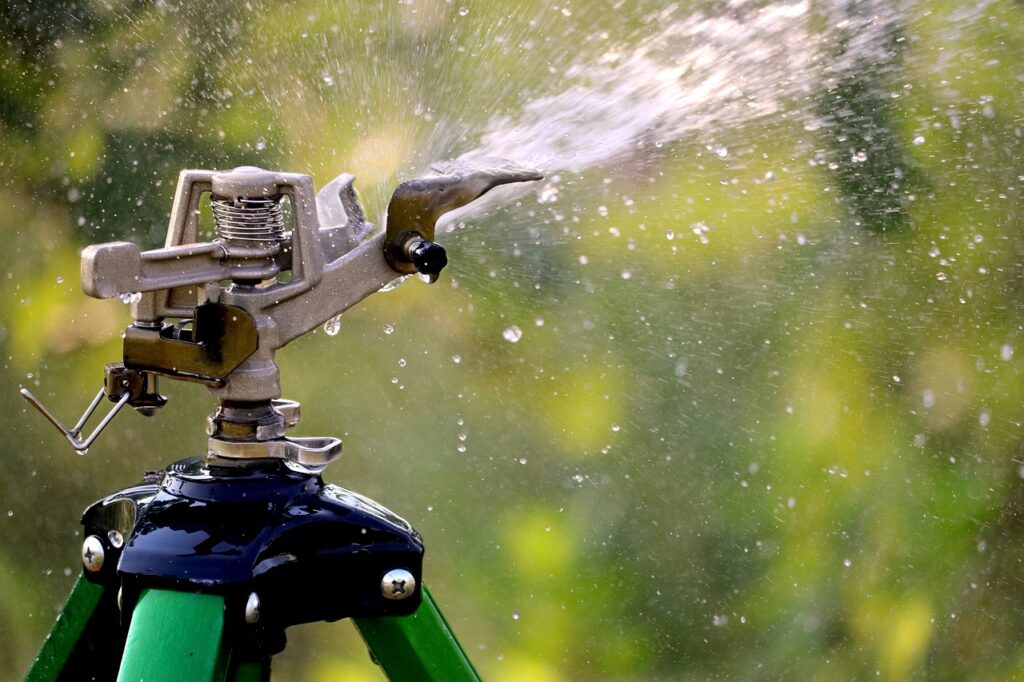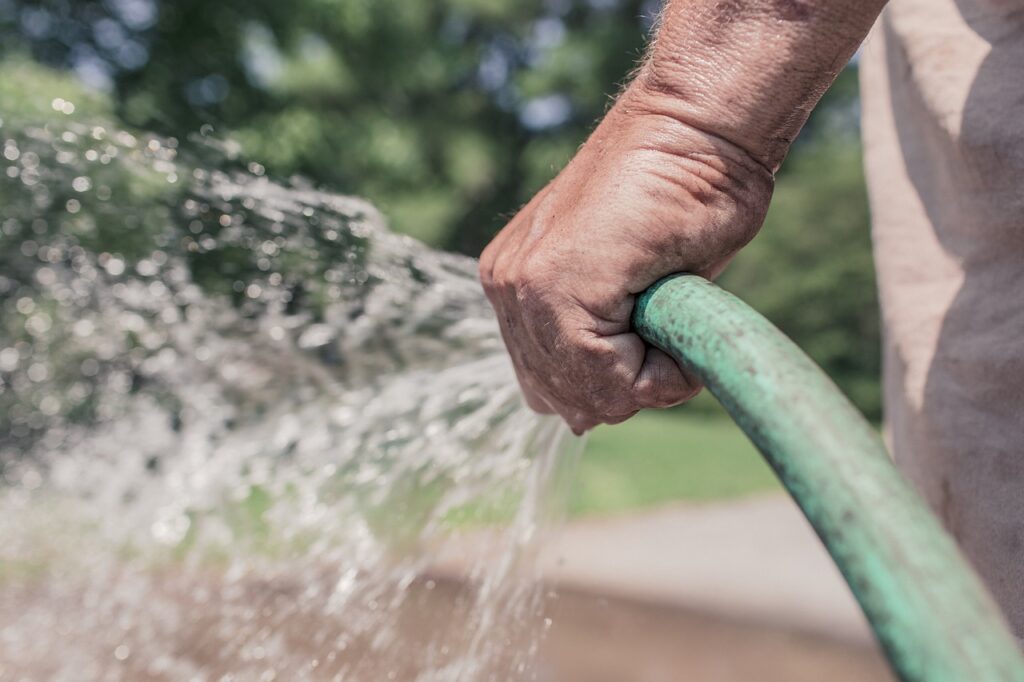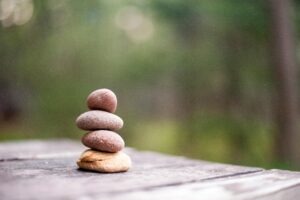
It’s officially summer time in Texas, meaning every day brings hotter and hotter temperatures. But humans aren’t the only ones who suffer in the heat—our plants feel it, too. The good news: it’s not hard to create a garden that is water efficient.
“You don’t need to choose between keeping your garden alive during the summer and conserving water––you can have both. All you need to do is pay attention to your current practices and make them more efficient for the summer season,” says Steve Huddleston, senior horticulturist at the Fort Worth Botanic Garden.
Here are six steps you can take to set your garden up for success while focusing on water conservation.
1. Know and follow the basic water regulations.
The City of Fort Worth restricts outdoor watering year round from 10:00 am to 6:00 pm with the exception of watering by hand or with soaker hoses. This rule helps the city reduce water waste. Residents of other area cities should check with their local municipal government to see what restrictions are in effect.
If you choose to water your garden by hand, do it in the morning to reduce wasteful evaporation.
2. Water your plants only when they are thirsty.
Did you know your lawn only needs an inch of water a week to survive?
One inch can penetrate the soil to a depth of six inches. This cycle allows for roots to grow deep into the soil.
If you are unsure if your grass needs more water, complete the step test. If the grass looks blue-gray and your footprint remains when you step on the grass, you need more water. If not, keep it up!
3. Present issues.
According to the United States Environmental Protection Agency (EPA), one broken sprinkler head could waste up to 25,000 gallons of water and cost more than $90 during a 6-month irrigation season. It’s important to monitor your sprinkler system and repair any broken, missing or misdirected sprinkler heads as soon as you see them.
4. Add to your garden instead of taking things away.
Mulch is a great way to help your garden stay cool in the summer heat. It conserves water in the soil, inhibits weed germination, stabilizes soil temperatures and prevents erosion.
Adding drip irrigation is efficient as well. Since with these systems the water sprays directly onto the roots, you won’t lose your water to the wind. These systems use 20-70% less water than traditional irrigation systems and are sustainable for beds and containers––just not lawns.

5. Take advantage of rain when we get it.
“Collecting rainwater is one of the easiest, low maintenance and cost-effective ways you can have water for irrigation use,” says Huddleston. According to the Texas Water Development Board, 32,000 gallons of water roll off the average Texas roof yearly.
Free water for our plants? Count us in!
6. Set up your garden with the summer in mind.
When creating a garden, look for various plants with different water needs. This helps ensure your garden can thrive at all times. Reducing your grass area and replacing it with shrubs, perennials and groundcovers can also reduce water use and resources needed to maintain your garden.
Timing is key, too. Planting in the fall rather than the spring or summer requires less water and helps your plants’ roots become fully established before the summer heat kicks in.
Do any of these tips sound familiar?
That’s because some of these tips are the basic principles for setting up a xeriscape garden. Don’t worry! Xeriscaping doesn’t limit you to cactus and rock gardens. This type of planting just means you are creating a water-conserving, dry-focused garden.
“It’s easy to feel discouraged about conserving water and maintaining a beautiful garden when the heat is so relentless,” says Huddleston. “But learning how to set up a water-efficient garden properly is a significant first step.”







